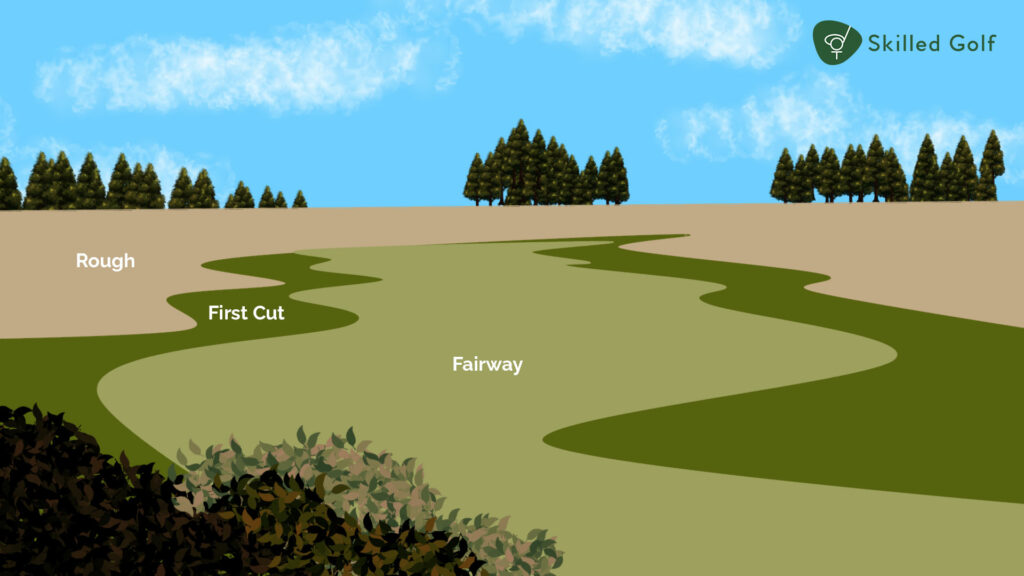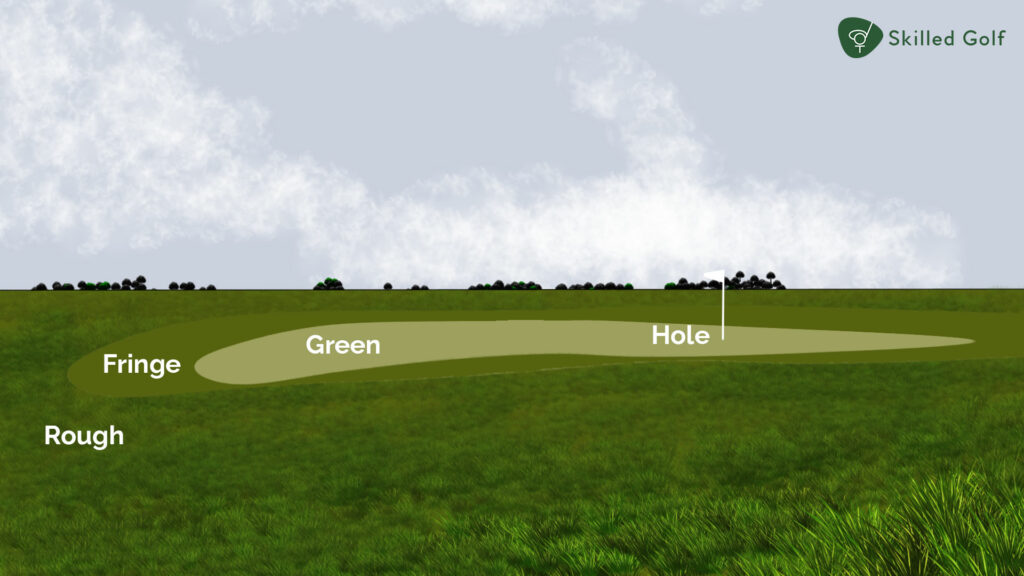Gaining a comprehensive understanding of the composition of a golf hole goes beyond knowledge acquisition; it forms a foundational aspect that profoundly influences a golfer’s capacity to navigate the course and enhance their overall gameplay. Every individual hole within a golf course presents distinctive challenges and opportunities, and by understanding the details of its various constituents, golfers can make strategic choices that carry substantial weight in determining their performance.
Irrespective of skill level, it is paramount for golfers to grasp the anatomy of a golf hole. Novice players can greatly benefit from understanding the basic strategies and shot selections associated with each component, while experienced golfers can delve deeper into the nuances of course management and shot execution.
By cultivating a comprehensive understanding of the anatomy of a golf hole, golfers can approach each hole with confidence, adapt their game plan to the specific challenges presented, and make well-informed decisions throughout their rounds.
Tee Box
The tee box acts as the initial point of departure for each hole, establishing the framework for the entire shot. Knowing the optimal position and angle from which to tee off can ultimately determine the success of subsequent shots. Understanding the fairway, which refers to the precisely maintained area between the tee box and the green, enables golfers to plan their shots with careful consideration of factors such as distance, obstacles, and desired ball trajectory.
Additionally, a thorough understanding of the green, the final target area, allows golfers to effectively interpret the contours, slopes, and speed of the putting surface, leading to more precise and successful putts.
Rough
In golf, the term “rough” denotes the area of a golf hole where the grass is deliberately kept longer and more unkept than on the fairway or green. The rough’s thick, often uneven grass adds significant challenge to the play, making the ball more difficult to strike cleanly and accurately. This results in reduced speed, altered trajectory, and limited control over the ball’s direction and spin.
Typically found bordering the fairway and surrounding the green, roughs act as a strategic feature, penalizing inaccurate shots and rewarding precise play. They contribute to the complexity and tactical depth of golf, testing a player’s skill in ball control, shot selection, and recovery strategy, ultimately enhancing the overall golfing experience.

Fairway
The fairway is the meticulously maintained and closely trimmed area that extends between the tee box and the green. The fairway acts as an essential element of the golf hole, establishing a clear route for players to follow. Its width and shape are determined by multiple factors, including the course’s layout, topography, and desired level of difficulty. Golfers strategically consider the fairway when determining shot placement to optimize their chances of reaching the green efficiently.
The condition and maintenance of the fairway play a vital role in the overall golfing experience. The health and texture of the turfgrass significantly impact the playability and aesthetics of the fairway. Maintaining optimal mowing heights and fairway firmness ensures a consistent and enjoyable playing surface. Golfers employ different strategies when hitting shots from the fairway, taking into account factors such as the lie of the ball and the desired shot trajectory.
Bunkers and Hazards
Fairway bunkers and hazards are strategically placed on the course to add challenge and strategic decision-making. Fairway bunkers require golfers to adjust their shot selection and strategy, as avoiding or navigating these hazards becomes crucial for success. Golfers may choose to lay up or aim for a more conservative shot when confronted with fairway bunkers or hazards. The presence of fairway hazards influences shot selection and requires golfers to adapt their strategy accordingly.
Green

The green is the ultimate destination and target area for each golf hole. It represents the final segment of the course, where the ball must be carefully put into the hole. Greens can vary in size, shape, and contour, adding complexity to the putting challenge. The speed of the green, determined by factors such as grass type and maintenance practices, significantly affects the pace and precision required for successful putting.
Different types of greens, such as bentgrass and Bermuda grass, have distinct characteristics that influence putting. Golfers need to adapt their putting techniques to suit the specific green surface they are playing on. Reading the green involves assessing its speed and grain, which refer to the direction in which the grass blades grow. Understanding these factors helps golfers predict how the ball will roll and break on the green.
When reading the green, golfers must identify and analyze the slopes and contours present on the surface. These undulations can significantly impact the path and speed of the ball, requiring careful consideration during putting. Additionally, breaks on the green, caused by slopes and other factors, must be accounted for in the golfer’s aim and stroke. The grain direction, which affects how the grass blades influence the ball’s roll, is another aspect that needs to be taken into account when reading the green.
Comprehending the nuances of the green, including its size, shape, contour, speed, and grain, is crucial for successful putting. Golfers must develop the skill of reading slopes, breaks, and grains to accurately gauge how the ball will react and adjust their putting technique accordingly.
Conclusion
Golfers who want to enhance their game and fully appreciate the sport must have a solid understanding of the anatomy of a golf hole. By familiarizing themselves with the parts, golfers can make educated choices, develop effective strategies, and execute shots with accuracy. Committing time to study and appreciating the details of course layouts will certainly enrich golfers’ overall experience and contribute to their success on the course.

